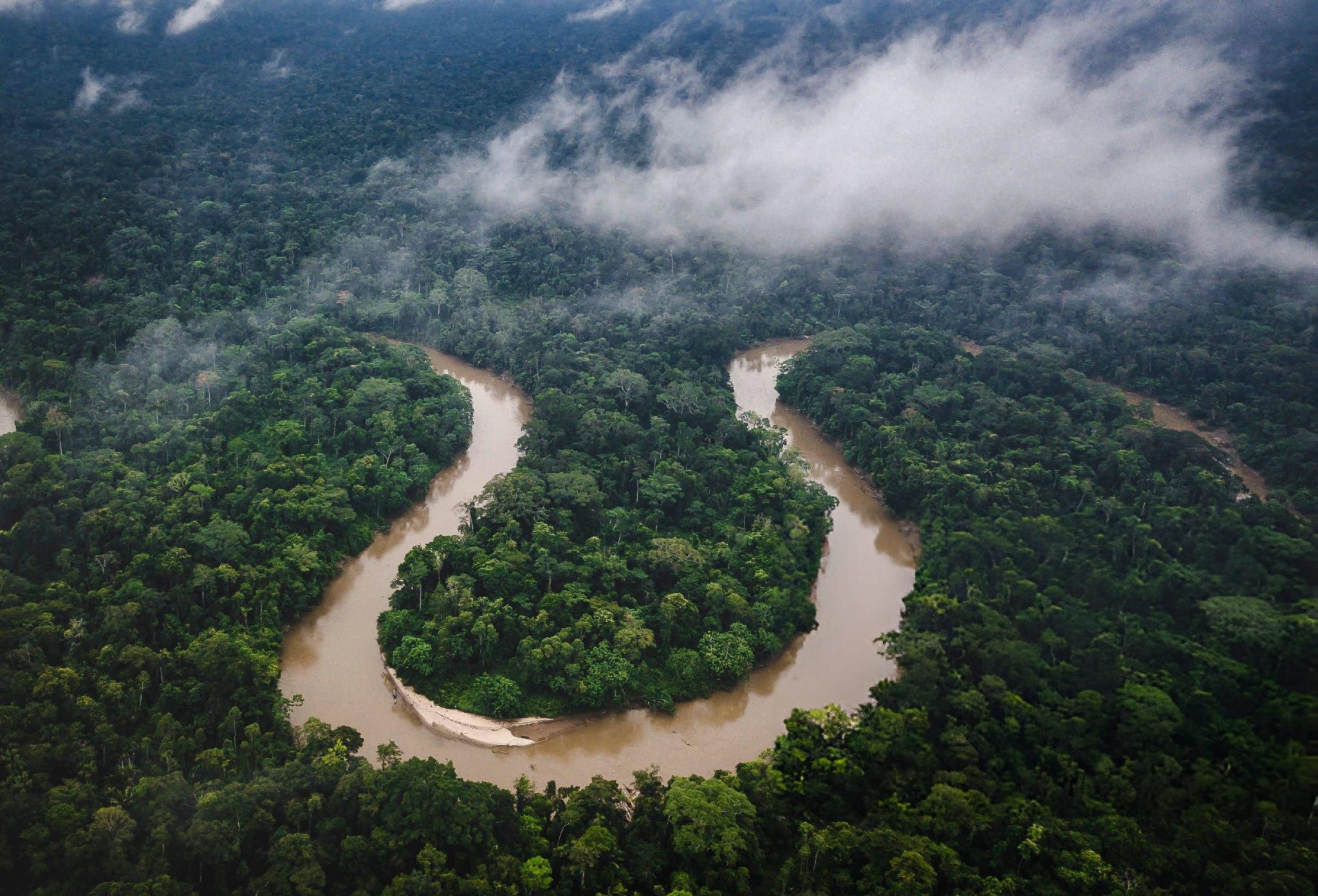Ancient structure that may be ‘World’s Tallest’ discovered in amazon rainforest
A towering, pyramid-shaped hill deep within the Peruvian Amazon is stirring global curiosity and controversy, with claims it could be the world’s tallest ancient man-made structure. Rising to a remarkable 1,310 feet, the formation—known as Cerro El Cono, or Cone Hill—sits in the heart of Sierra del Divisor National Park, in a region so remote and untouched it has remained largely unexplored by modern science.
For centuries, indigenous communities have revered Cerro El Cono as a sacred site, calling it an Andean Apu—a mountain spirit that serves as a divine guardian. Its smooth, angular surfaces and almost perfect pyramidal shape have long raised questions about its origins. Local legends speak of a lost civilisation that may have constructed the enormous structure long before the Inca Empire emerged.
Should these claims prove true, Cerro El Cono would not only challenge established timelines of South American history but could also become recognised as the tallest ancient structure ever built—towering nearly three times higher than Egypt’s famed great pyramid of giza.
However, mainstream scientists remain sceptical. Most geologists argue that the peak is the remnant of an extinct volcano, shaped over millennia by natural processes. According to this theory, the pyramid-like hill is a volcanic plug: the hardened core of a once-active volcano that resisted erosion while the softer surrounding rock was worn away by wind and rain. This explanation would make Cerro El Cono a rare geological formation, but not necessarily evidence of a long-lost civilisation.
Yet the notion that the hill might be a man-made marvel refuses to fade. Aerial imagery and satellite scans have shown what some researchers interpret as terraces or platforms, potentially supporting the idea of human involvement in shaping the structure. The remote location has made thorough archaeological exploration difficult, but interest is mounting, and calls for an international expedition to examine the site are growing louder.
This is not the first time that structures once dismissed as natural have reignited debates about early human civilisations. One prominent example is Gunung Padang in Indonesia, which many now believe to be the world’s oldest known pyramid. Located in West Java, the hill-like site dates back over 16,000 years and was only re-discovered by Dutch explorers in 1890. Subsequent studies have suggested that it may conceal multiple layers of stonework and tunnels, implying complex construction techniques by prehistoric societies once considered primitive.
Another enigmatic site is the Yonaguni Monument off the coast of Japan’s Ryukyu Islands. Submerged beneath 82 feet of ocean, the giant stone formation appears to feature steps, pillars and platforms—leading to intense debate among archaeologists, geologists, and fringe theorists. While mainstream science leans toward it being a natural rock formation shaped by currents and tectonic activity, others remain convinced it is the work of an ancient seafaring people.
In the case of Cerro El Cono, the truth remains obscured by both time and the dense Amazonian jungle. While sceptics point to geological explanations, others argue that the refusal to consider alternative histories is a limitation of current archaeological paradigms. As technology advances and exploration becomes more feasible, the coming years may finally shed light on whether this mysterious Peruvian peak is a natural wonder—or the forgotten masterpiece of an ancient civilisation.
Either way, Cerro El Cono adds a compelling chapter to the growing list of sites that blur the line between geology and ancient human ingenuity, urging us to reconsider what we thought we knew about the past.






